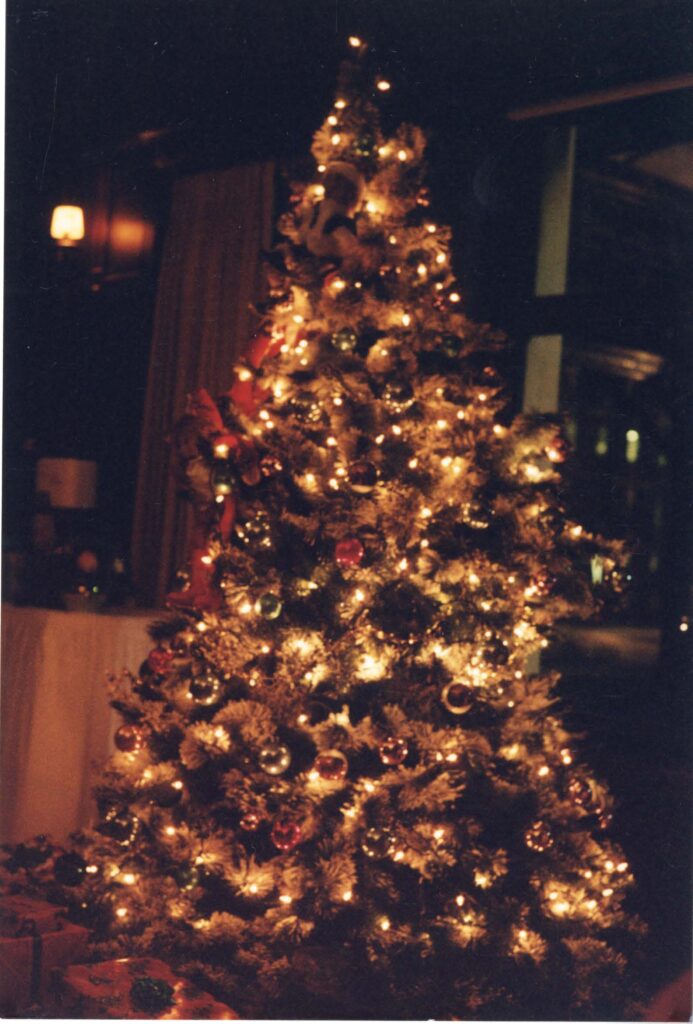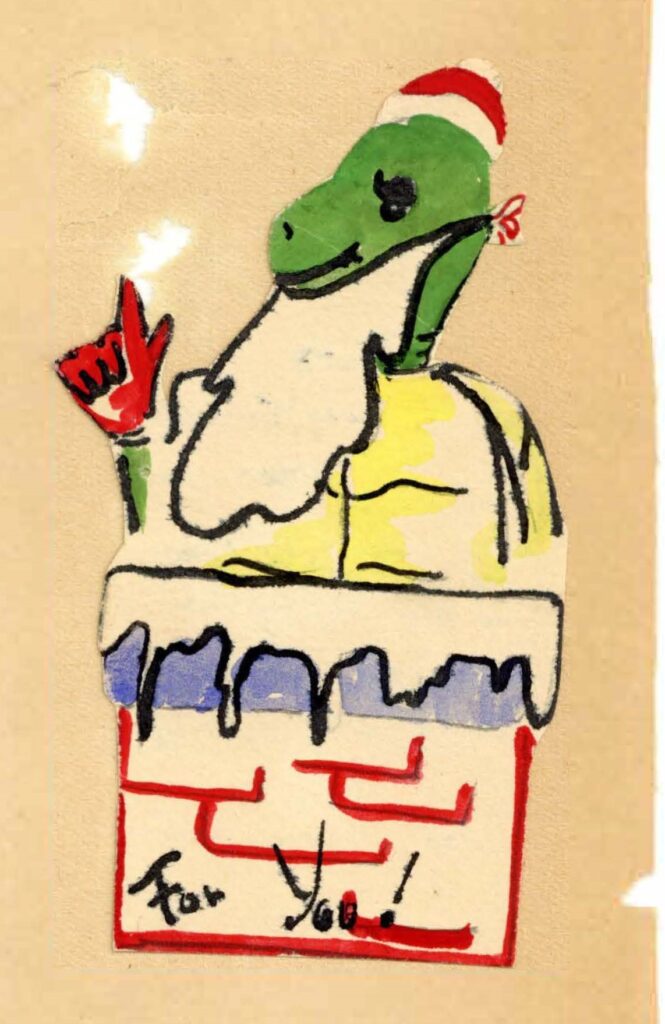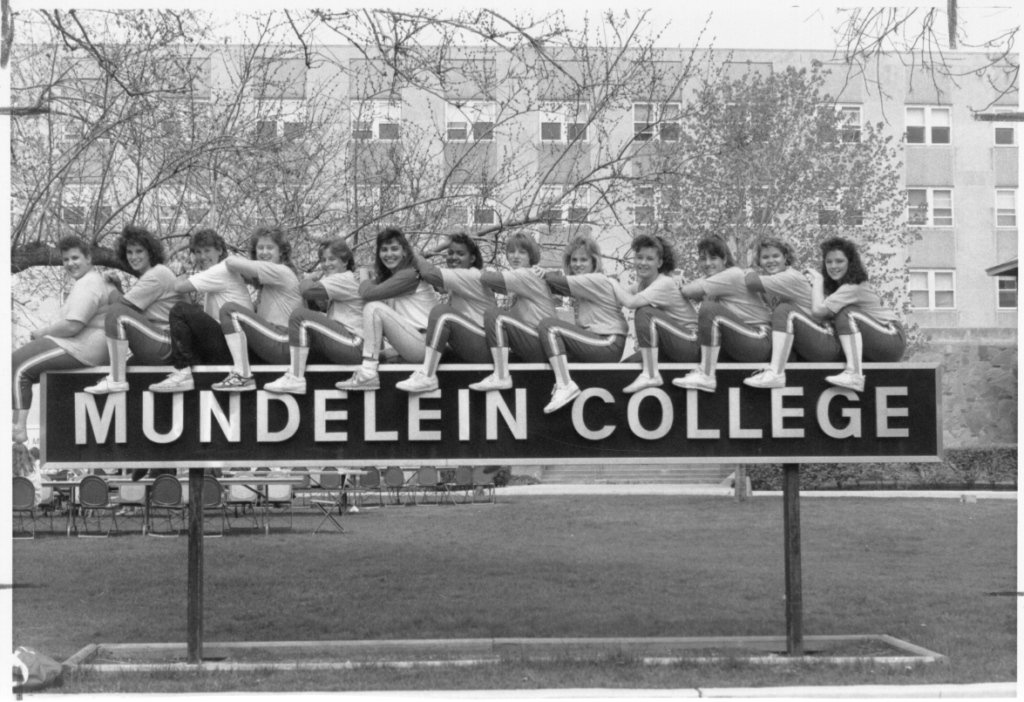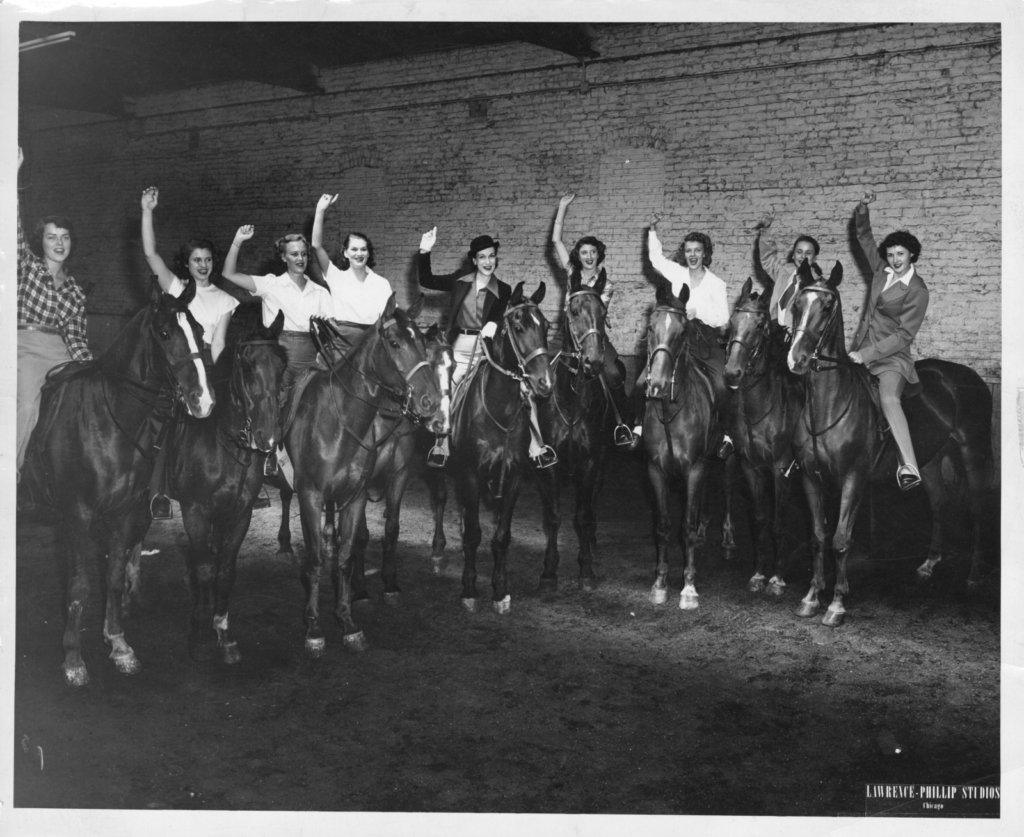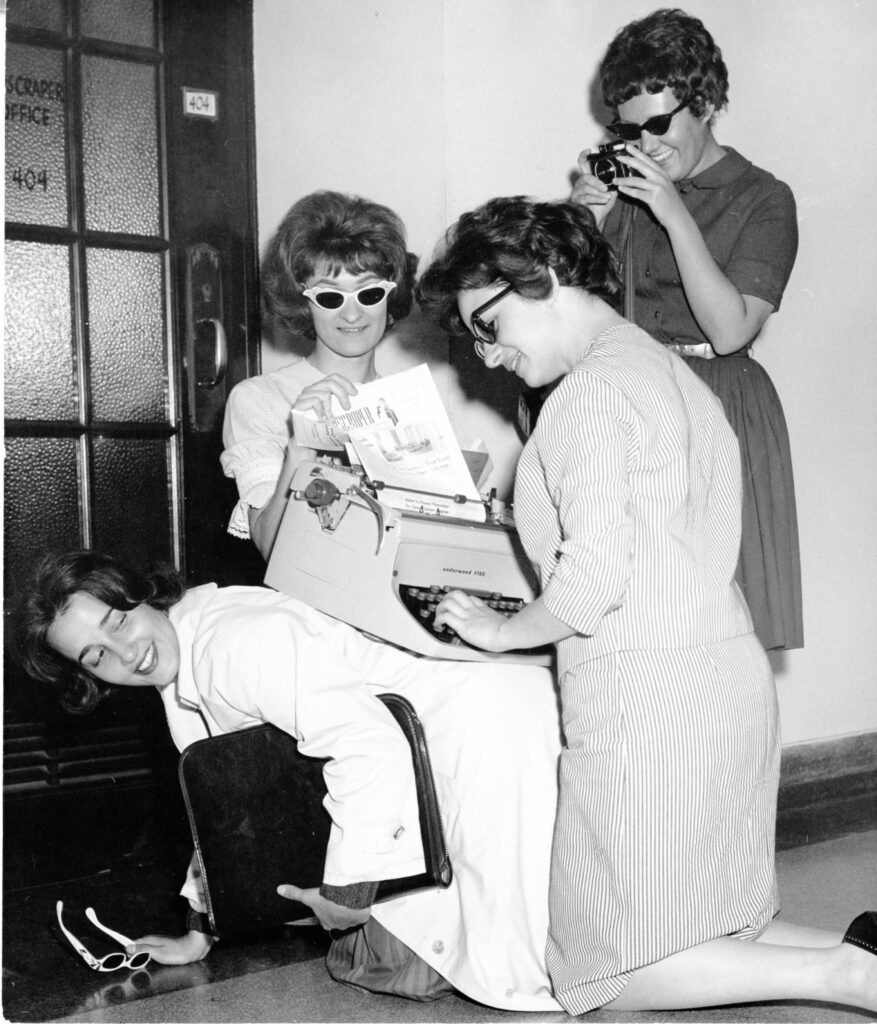Nothing says “Happy Holidays” quite like a party! Each of us hold age long traditions and precious memories close this time of year, no matter how we celebrate. The winter season allows us to slow down our regularly scheduled lives and join together in good will. As Catholic institutions, both Loyola University and Mundelein College celebrated, and still celebrate, the tradition of a vespers service as a way to offer prayers of thanksgiving and receive blessings during Advent as a community. This year’s Vespers was held on December 3rd in Coffey Hall, a former Mundelein building, but how did this honored tradition start here in Rogers Park?
Mundelein College affiliated with Loyola University in 1991 and took up the Mundelein tradition too. Although the evening prayer service is centuries old, this was the first year it had taken place in the way we still understand it today within our community. When first started, the event was held entirely in the Skyscraper building as an open house, welcoming Mundelein College alumni, former staff, and friends to join together to celebrate Advent, including our very own Sister Jean!
Continue reading
